Zone 3
Table of Contents
-
Description of Zone 3
-
Zizania aquaticaPoaceae (Grass Family)(Wild Rice)
-
Polygonum hydropiper (Marsh Pepper or Knotweed) Polygonaceae (Buckwheat Family)
-
Polygonum pensylvanicum (Pennsylvania Smartweed) Polygonaceae (Buckwheat Family)
1. Description of Zone 3
Zone 3: (22 to 32 meters along the transect line, perpendicular to the shoreline from the low tide line to the landward marsh edge)
The plant species discussed in Zone 2 are also present in Zone 3; however they are generally not as abundant. Many of the mobile invertebrates discussed in Zone 1 move into this area as the tide rises.
The three species described here may also live in higher and lower zones.
2. Zizania aquatica
Poaceae (Grass Family)(Wild Rice)
http://en.wikipedia.org/wiki/Zizania_aquatica
http://Plants.usda.gov/java/profile?symbol=ZIAQ
Wild Rice is a tall grass, about 2-3 meters high, that forms dense populations. The leaves are long and taper to a point. Both male and female flowers are found on the same plant. The male flowers are lower and arranged in an inflorescence that droops slightly. The female flowers are arranged in an erect inflorescence at the tip of the plant. After fertilization the inflorescence opens. Seeds, produced here, are a very important food source for waterfowl. Roots extend from the base of the stem into the sediment. A rhizome (horizontal stem) can extend laterally and after a distance give rise to a genetically identical plant. The seeds make up a significant portion of the food consumed by migrating waterfowl. Native American Indians still harvest and consume the protein rich, edible seeds or grind them into flour. The extensive rhizomes and root systems help stabilize the sediments and therefore prevent excessive erosion.
Adaptations:
1. The underground rhizome anchors the grass securely in the sediment and allows the plant to quickly colonize adjacent areas. Growth from rhizomes (Underground Stems) doesn’t involve exchange of sex cells; It is an asexual process. The rhizome grows away from the parent plant and gives rise to new plants that are genetically the same as the parent. Why do many plants and animals reproduce asexually? What is the advantage? Disadvantage?
2. Although asexual growth is the main way that wild rice populations increase in size, they also reproduce sexually. They are hermaphroditic, housing both male and female sex cells on the same plant. Having both sexes (Hermaphrodite) on the same plant allows any two separate plants to exchange pollen grains. Why do so many plants and animals reproduce sexually? What is the advantage? What is the disadvantage?
3. The grass is tall allowing first access to sunlight used to manufacture food through the process of photosynthesis.
__________________________________________
3. Polygonum hydropiper (Marsh Pepper or Knotweed)Polygonaceae (Buckwheat Family)
http://Plants.usda.gov/java/profile?symbol=POHY
Mature plants are about 1 meter tall and can be either erect or spreading. Lance- shaped leaves arise alternately from the stem in spiral fashion. The greenish white flowers are situated on a spike. Roots extend from the stem into the sediment. In Merrymeeting Bay this species is often associated with wild rice. Both the leaves and seeds have a peppery taste. They have been used as a substitute for black pepper and as a seasoning on a variety of foods. They have also been used to treat a number of ailments. An infusion made from leaves, for example, has been used as a wash for skin ulcers and sores.
Adaptations:
1. The spiral arrangement of leaves exposes the plant to adequate amounts of light needed in the photosynthetic process. This is especially important since they may be overshadowed by taller plants such as wild rice.
2. It is able to co-exist with wild rice because its roots are on a higher level than those of wild rice. It therefore draws nutrients from a different level, thereby reducing competition.
3. Insects tend to avoid the plant probably because of its strong peppery taste.
_________________________________________________________________
4. Polygonum pensylvanicum (Pennsylvania Smartweed)
http://Plants.usda.gov/java/profile?symbol=Pope2
This species is not as abundant as Marsh Pepper however it has the same general characteristics.





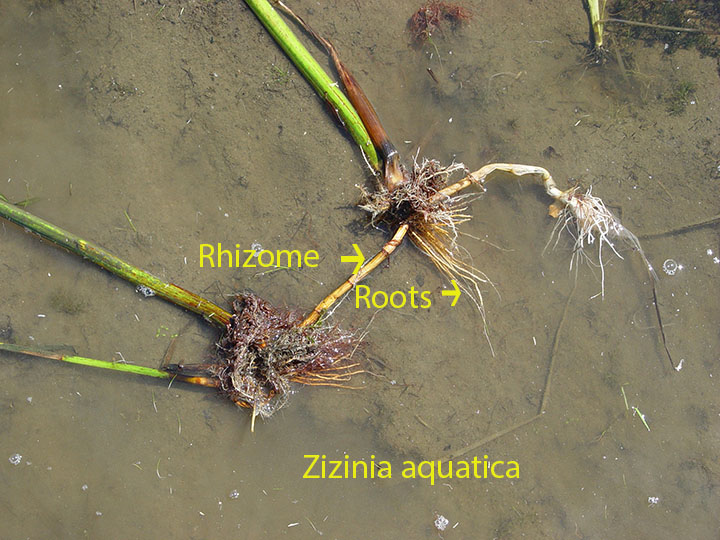
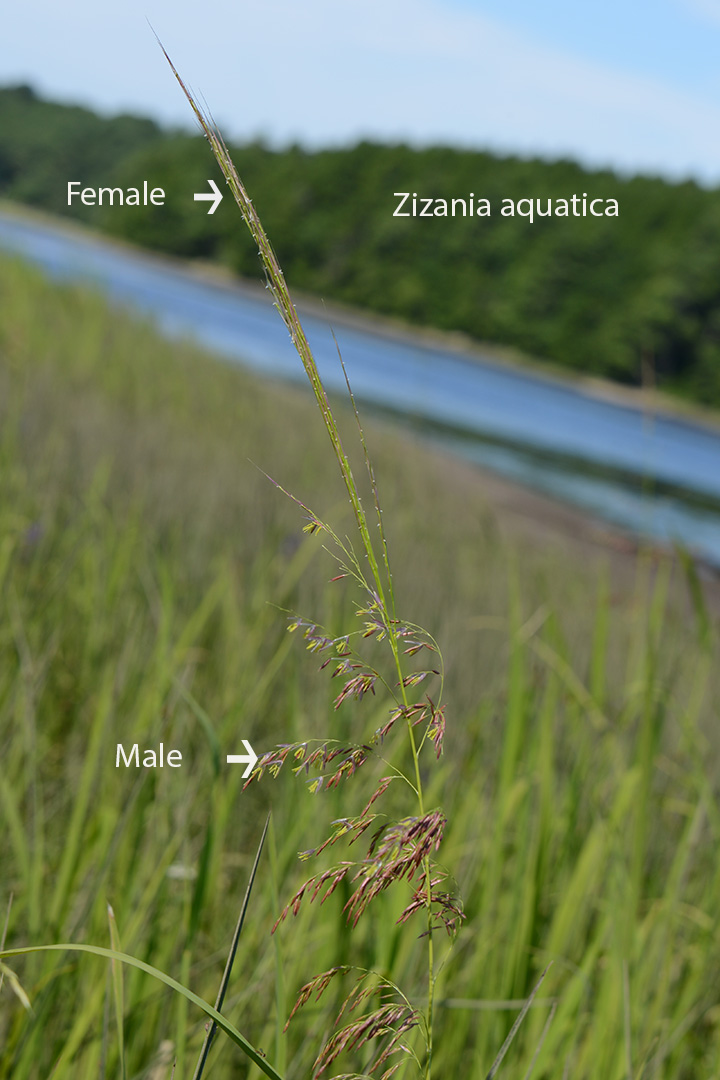
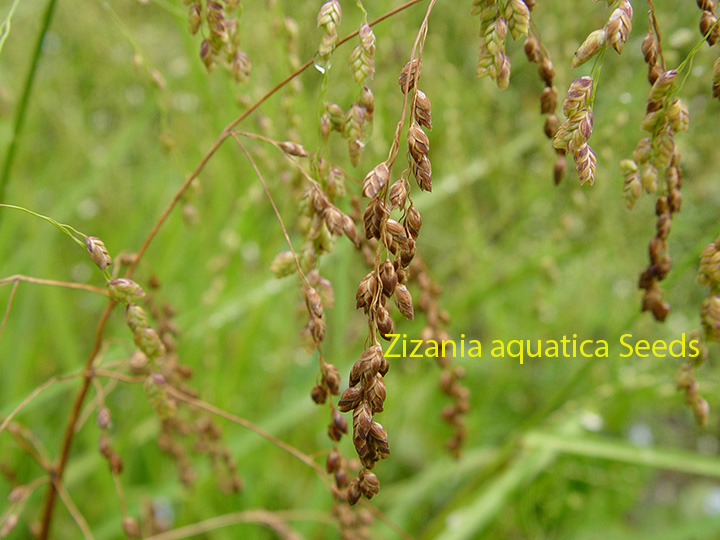


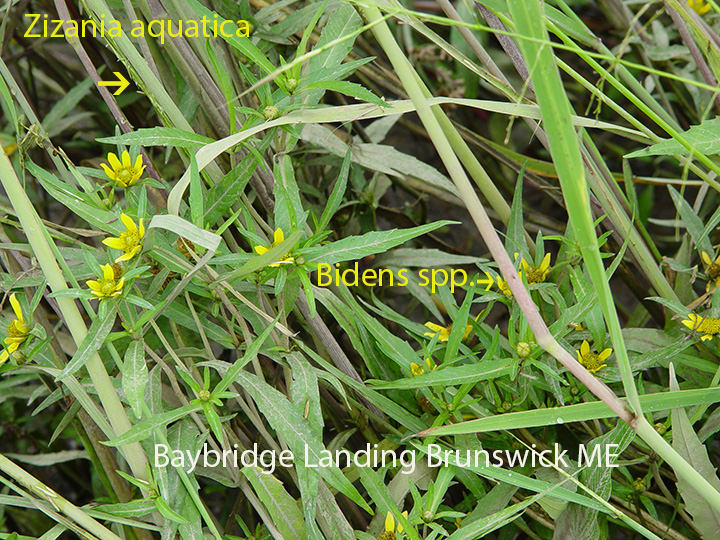



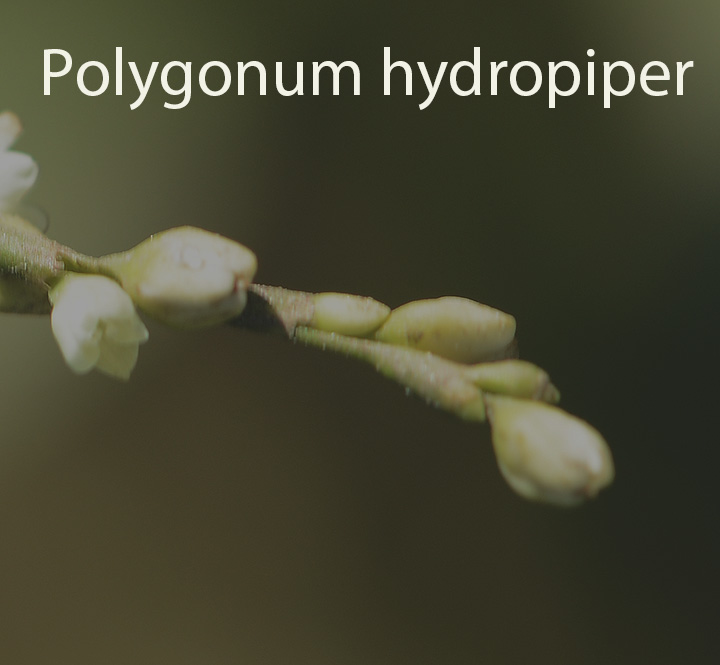





Leave a comment